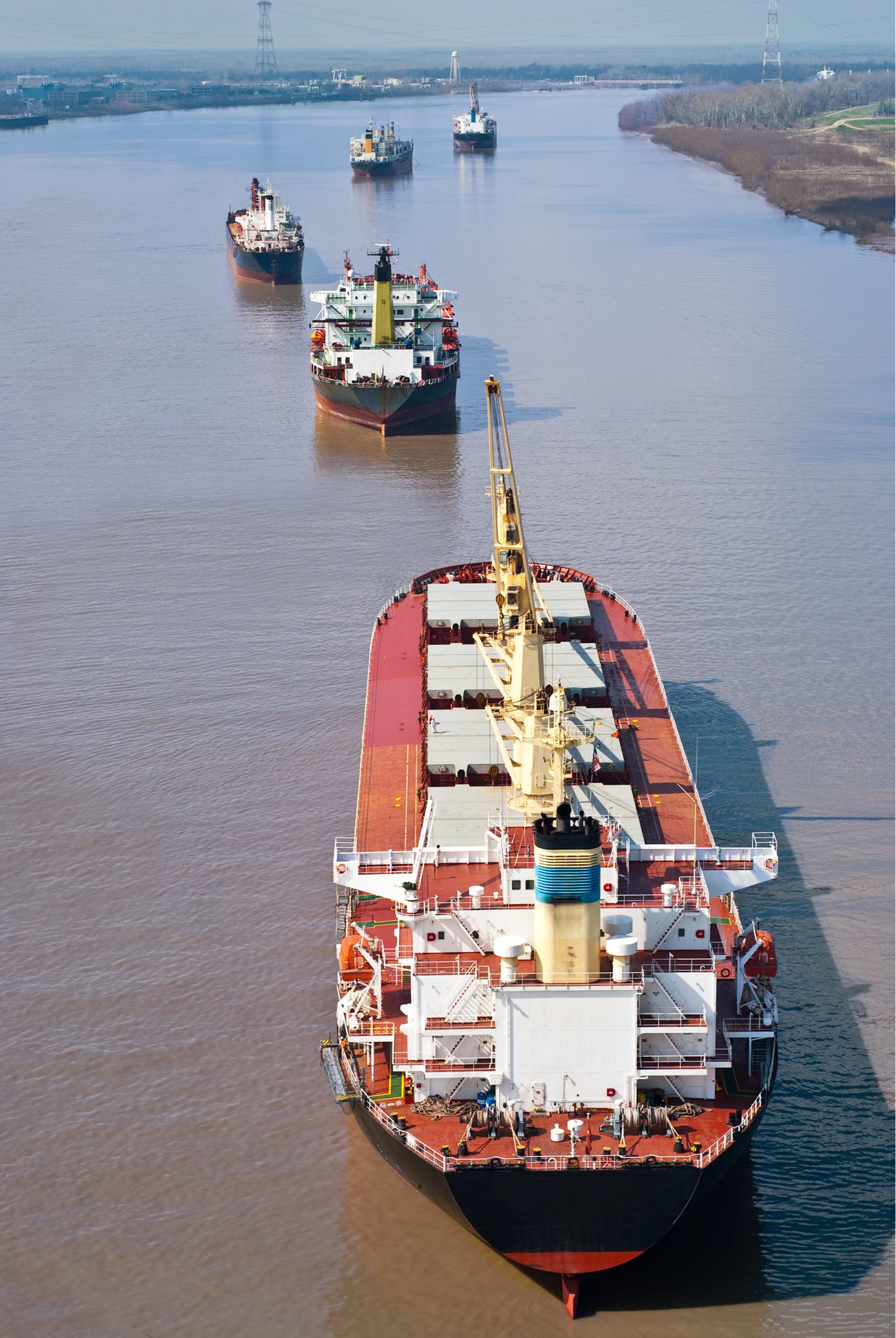September 26, 2022
A fair, data-powered solution to solve sail-fast-then-wait and reduce emissions
The Blue Visby project is demonstrating that shipowners, charterers and ports can improve their environmental performance by eliminating the sail-fast-then-wait sailing practice, without compromising commercially sensitive data.
In fact, a surprisingly small amount of commercial data, in addition to data that is already publicly available, is all that is required – it’s collaboration and a willingness to adopt a new mindset that is most important.
There’s a lot at stake. NAPA research indicates that the Blue Visby solution, which unlocks the majority of the benefits of “just-in-time” arrival without most of the problems, can reduce shipping emissions from voyages by around 15%. If applied globally, the solution has the potential to reduce the carbon footprint of the global shipping fleet by more than 60 million tonnes of CO2 per year – which is larger than the total emissions of an entire country like Norway.
The “Just-in-time” concept is a port-based alternative to sail-fast-then-wait where ships visiting a particular port receive notice in the last days of their voyage (typically 24 to 48 hours before arrival) about their expected berth slot availability, and can therefore adjust their sailing speed and arrival time to minimize last mile congestion.

The software solution being developed by NAPA as part of the Blue Visby project goes beyond that by providing vessels with a recommended arrival time as soon as they start their voyage. This time considers all the other vessels at berth, at anchorage or on their way to the port, regardless of whether or not they are participating in the Blue Visby solution. It also considers the vessel’s characteristics and performance given current weather conditions, as well as the levels of congestion and capacity at the port.
Each vessel’s place in the queue is kept in the same way as if they had sailed independently, without Blue Visby. The recommended arrival time is updated and refined throughout the journey as more detailed information becomes available. Having a target arrival time early in their journey enables crews to sail more slowly and optimize their routes to reduce emissions.
This is key to unlocking the benefits of weather routing, for example. The recommended arrival time can be used in onboard voyage optimization software, which can recalculate route parameters if the recommended arrival time changes during the voyage. The crew can decide when and how often to re-evaluate the voyage plan should the recommended arrival time change.
The anticipated 15% reduction in emissions from the wet and dry bulk fleets will make a tangible difference for the environment without impacting commercial viability, as the speed reduction would be as little as one knot on average. Meanwhile, if just-in-time arrival was put into practice worldwide, it would result in an estimated 20% reduction in emissions from the global commercial fleet, but this could only be done with the efforts of each port performing its own unique queueing analysis and informing visiting ships.
The Blue Visby Solution doesn’t require this. The algorithms developed can be applied to any port and any ship, making it a rapidly scalable solution.
The algorithms that assign a target arrival time to each vessel don’t require any commercially sensitive information. While a master’s report of departure time would be most accurate, publicly available AIS data is a reasonable substitute. Ship performance will be evaluated using digital twins in a manner that is predictable and fair for all participants.
Therefore, Blue Visby has solved two key problems that have limited the uptake of just-in-time arrivals: the effort involved for individual ports and concerns about sharing sensitive commercial information.
That leaves one further challenge to overcome. And this is where our project co-coordinator, international maritime law firm Stephenson Harwood LLP, has been instrumental. With their expertise, the Blue Visby Solution includes an innovative contractual framework to address the problem of split incentives. It introduces a sharing mechanism that enables stakeholders on each voyage (shipowners, charterers and cargo interests) to share the costs and benefits of the implementation of the Blue Visby Solution, including fuel savings, the costs of a lengthier journey, and the financial value of emissions reductions where applicable. This contractual architecture is designed to be compatible with the standard terms of maritime contracts and does not require any new legislation or regulations.
Combining this with NAPA’s digital technology, the Blue Visby Solution enables vessels to reduce their speed and emissions without impacting their commercial performance.
We put it to the test in July this year with a bulk carrier sailing from Qingdao in China to Port Hedland in Australia. Further tests are planned, and we are grateful to the many companies that have participated in the project to date.
NAPA’s analysis of historical data indicates that sailing speed could be reduced on 87% of the 150,000 voyages made by 13,000 cargo ships sailing globally that it analyzed.
The technology needed to support collaboration at this scale exists already, and given the urgency of the climate crisis, the world needs solutions that will make a difference today.
The Blue Visby solution requires no equipment to be installed – just a new mindset – and we look forward to welcoming more project partners in the future.